While preparing for property development, archaeologists happened upon an ancient Roman road right beneath one of Manchester's busiest streets that could date as far back as the first century C.E.
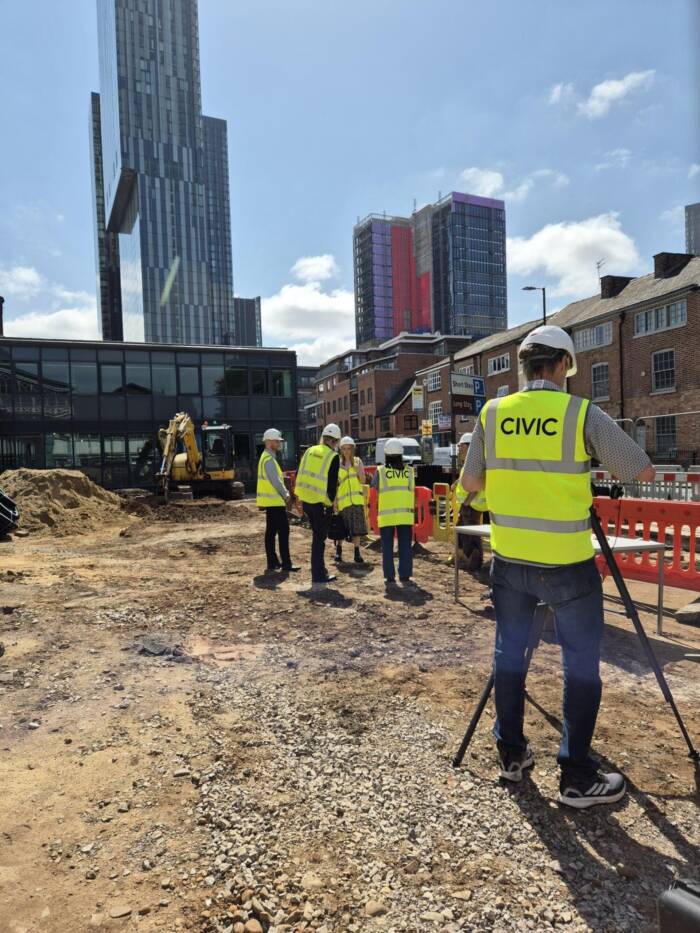
CivicThe Roman road was littered with artifacts including pottery and glassware.
A Roman road was recently unearthed right beneath the center of Manchester, England in a find that’s being called one of the most important Roman-era discoveries in the city in decades.
Archeologists found multiple levels of repairs on the road, which could date as far back as the first century C.E., as well as other artifacts such as pieces of pottery and glassware.
The road was unearthed just inches below street level underneath Liverpool Road, not far from a previously-uncovered Roman settlement that was excavated in the 1970s and ’80s.
The Discovery Of A Well-Preserved Roman Road Right Beneath Manchester
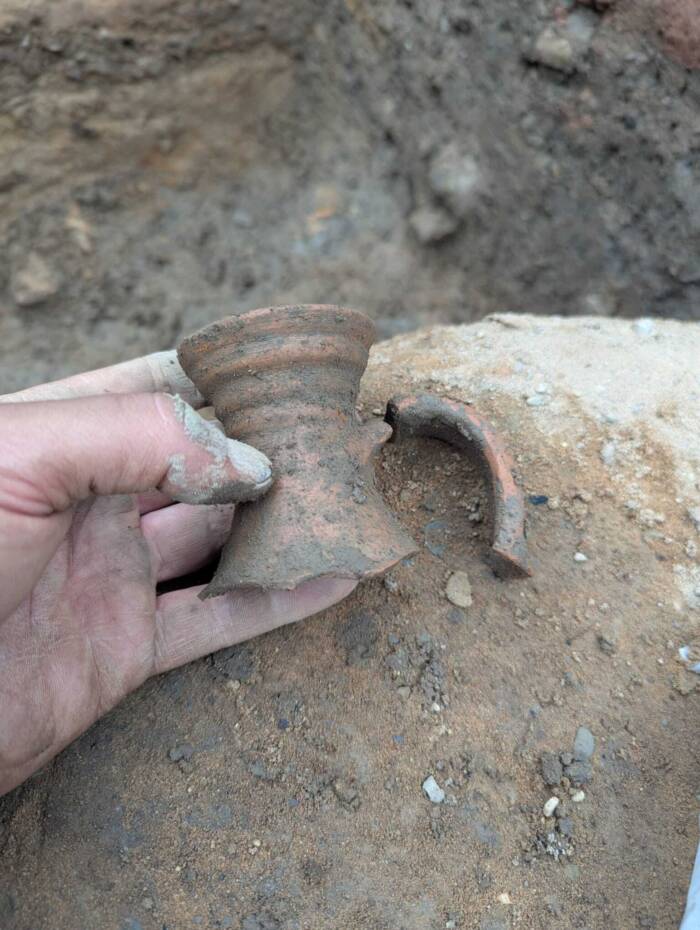
CivicThe excavation team uncovered pieces of both domestic and imported pottery.
The road was discovered approximately 15 inches below street level in Manchester’s city center. The dig was completed by civil engineers Civic along with OBI Property on behalf of Allied London developers.
The road contained a range of artifacts and showed a number of repairs, revealing information about how the ancient Romans managed their infrastructure.
“The Romans knew what they were doing when it came to engineering,” archaeologist Graham Mottershead said in a statement from the excavation team at Civic.
The road showed multiple visible layers of repairs, culminating in a well-honed piece of Roman construction. The road was made of compacted gravel and contained no potholes.
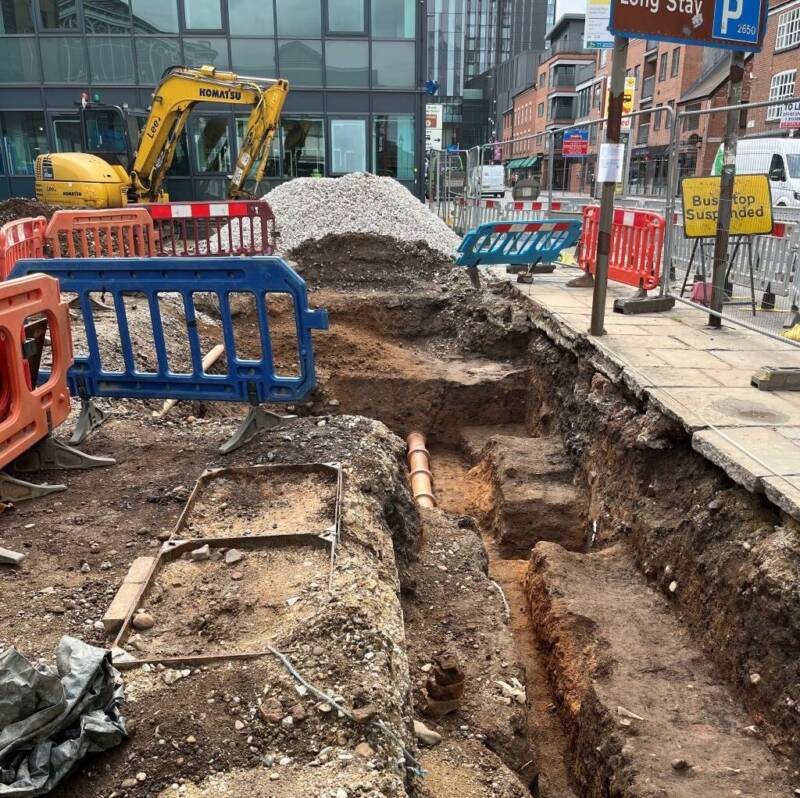
CivicExperts believe that the road would have been the main route for the nearby fort of Mamucium, established circa 78 C.E.
Archaeologists also found pieces of both domestic and imported pottery and glassware, dating from the late first century C.E. through the fourth century C.E. This wide span of time suggests that the Romans may have had a civilian settlement in Manchester.
The discovery is all the more remarkable due to the fact that it was made so close to the surface in a developed urban area.
“It’s certainly the best Roman archaeology I’ve seen in the city centre for 20 years and probably more than that,” said Ian Miller, an archaeologist with the Greater Manchester Archaeological Advisory Service.
The Manchester Area’s Role In The History Of Roman Britain
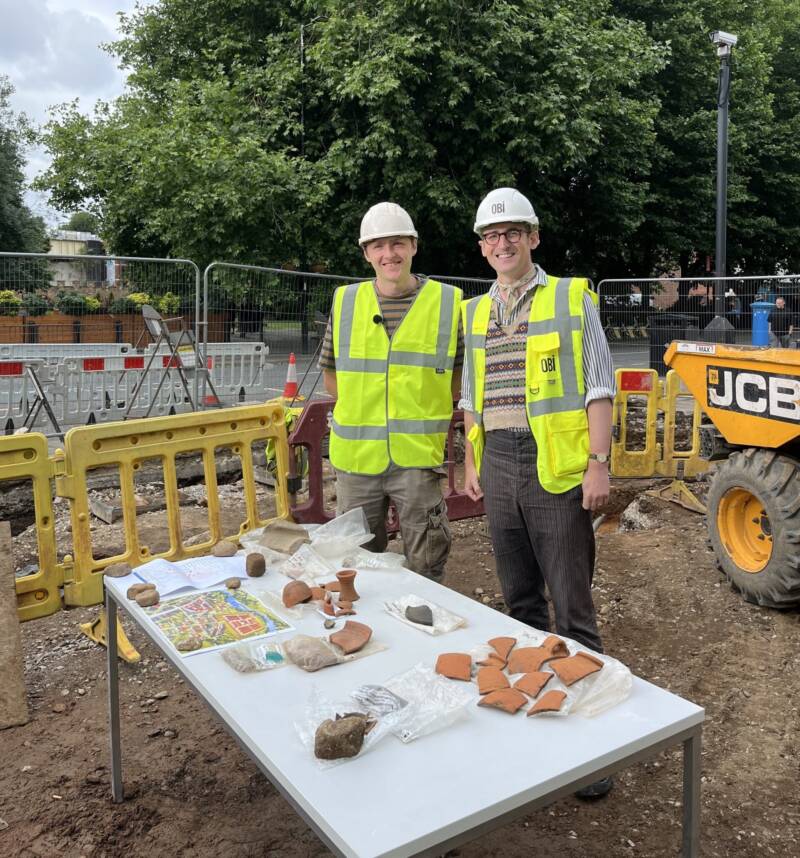
CivicThis discovery also has greater implications for the surrounding archaeological sites in Manchester.
This road is far from the only Roman-era archaeological find that’s been made in Manchester. In fact, the road is right nearby the remains of the Roman fort of Mamucium.
Mamucium dates back to 78 C.E., and the civilian settlements within the fort were first excavated in the early 1970s. Since its first excavation, archaeologists have found more than 10,000 artifacts at the site.
In the 1980s, the fort and the surrounding area became the U.K.’s first Urban Heritage Park. Archaeologists think it’s possible that the newly-uncovered road could have functioned as the north exit of the Mamucium fort.
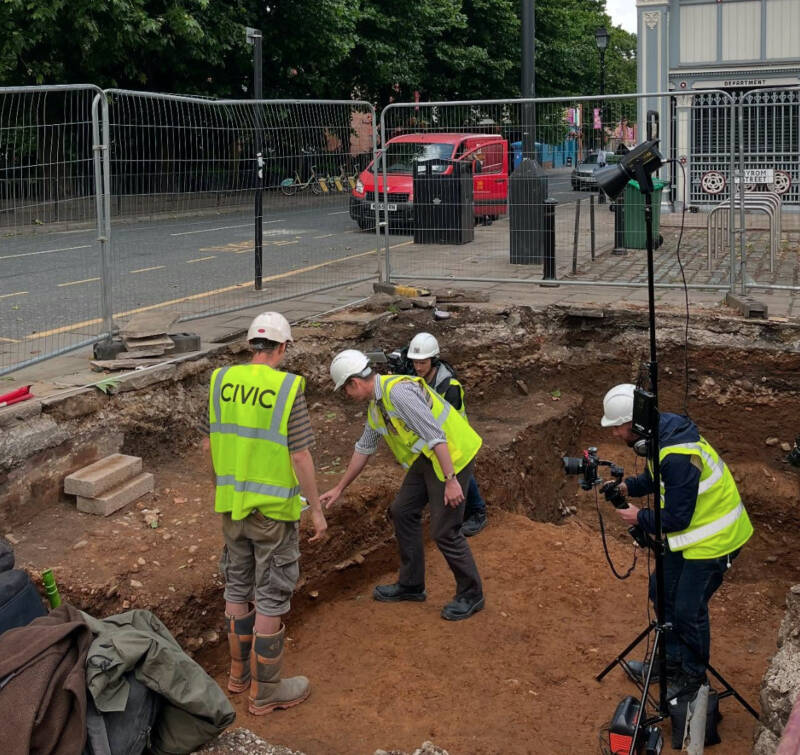
CivicFound mere inches below the surface, the road remains incredibly well-preserved despite dating as far back as the first century C.E.
The newly-discovered road is also close to several archaeological excavation sites just to the south, also from the 1970s and ’80s. These excavations uncovered other civilian Roman settlements, revealing new insights about Roman life in the region in the centuries before the empire fell.
“In some respects, the latest excavation was the missing piece of the jigsaw that will hopefully link to those two together,” said Miller.
Miller explained that the newly-unearthed Roman road could recontextualize these previous discoveries, and that they should be reanalyzed with this new find in mind. The road could help archaeologists better understand what types of structures and buildings would have been present outside of the fort.
The excavation team hopes to have the artifacts that were recovered from the road put on display after they’ve been thoroughly studied.
“The analysis of the dataset from the excavation will hugely improve our knowledge of Roman Manchester,” said Ollie Cook, director of the Civic team. “Cultural heritage is key to sustainable placemaking, and it’s rare finds like these that tell a story for generations to come.”
After reading about the remarkable discovery of this Roman road in Manchester, learn about the discovery of an entire Roman town found near a highway in southern England. Then, read about the decapitated human remains found at a Roman burial site in England.





